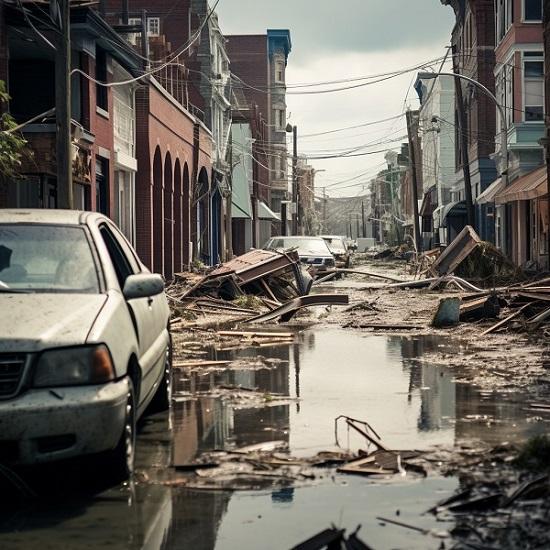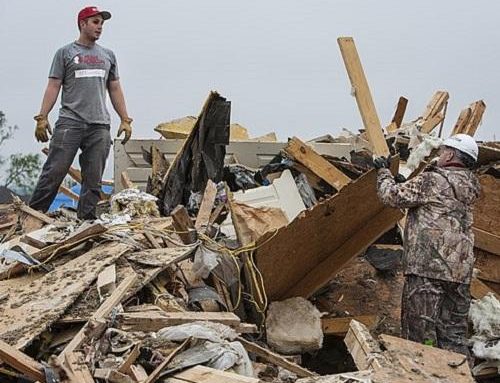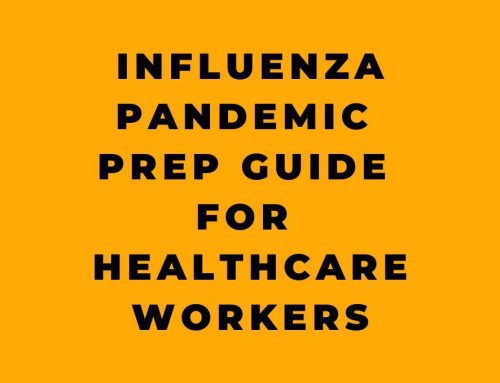When disasters like hurricanes, floods, or chemical spills occur, protecting the health and safety of response and recovery workers is crucial for ensuring an effective emergency response. However, major disasters can overwhelm the safety resources and capacity of state and local governments. In such cases, the National Response Framework’s (NRF) Worker Safety and Health Support Annex provides the technical assistance required to safeguard federal, state, tribal, and local response organizations’ staff members.
The Importance of Protecting Disaster Response Workers
During large-scale emergency response operations, many hazards may threaten the well-being of workers. For example, disasters often damage buildings and infrastructure, raising the risk of structural collapses. Contaminants and toxic chemicals released into the environment can also jeopardize responders’ health.
Ensuring response and recovery workers can operate safely is thus essential. Otherwise, the disaster victims themselves cannot receive proper aid. Protecting worker safety and health enables the continued, unimpeded provision of medical assistance, food, water, shelter, and other essential services to impacted communities.
Scope of Technical Assistance Available
Depending on the unique circumstances of an incident, many types of technical support can become available via the NRF to state, local, tribal, and territorial governments overwhelmed by a disaster.
Hazard Identification and Risk Assessments
Experts can pinpoint and evaluate safety hazards at the incident site and in the surrounding area. This includes identifying needs related to industrial hygiene, radiation risks, biological threats, and exposure to hazardous chemicals.
Safety and Health Resources Assessment
Specialists can gauge the safety resources a response requires and find sources to provide them. Resources may include personal protective equipment (PPE), monitoring instruments, decontamination facilities, and training.
Safety Engineering and Technical
Expertise Agencies can furnish technical advisors specializing in areas like structural engineering, safety engineering, and occupational medicine to bolster local capacity. These experts help develop and manage response health and safety plans.
Monitoring and Mitigating Worker
Hazards Technicians can conduct on-site monitoring to measure hazards like air contaminants, radiation, and noise facing workers. They recommend methods to control exposures through engineering, administrative controls, and PPE.
PPE Program Assistance
Responding organizations can receive help selecting appropriate PPE for the incident’s hazards, training workers on its proper use, and setting up decontamination stations.
Exposure Monitoring and Data Collection
Experts track injury and exposure data to identify trends impacting worker health, facilitating interagency data sharing to improve emergency response protocols.
Training and Education
Personnel provide incident-specific education to responders on hazards present and how to avoid illness, injury, or death. Health communication materials inform workers on risks and prevention best practices.
Activating Worker Safety and Health Assistance
Typically, worker health and safety support activates under the NRF when state, tribal, and local assets alone cannot manage responder safety. The primary pathway for requesting assistance is through FEMA representatives at Joint Field Offices and Regional and National Response Coordination Centers. FEMA can then activate OSHA to coordinate the health and safety resources furnished under the NRF.
The assistance OSHA coordinates comes from various cooperating agencies with specialized expertise, including:
- Department of Defense
- Department of Energy
- Department of Health and Human Services
- Department of Homeland Security
- Environmental Protection Agency
These agencies commit equipment, personnel, and technical guidance provided via the NRF Worker Safety and Health Support Annex. When mobilized, OSHA incorporates the personnel and resources supplied into the existing incident command structure. For example, OSHA may designate some technical specialists as assistant safety officers to advise the site safety officer.
The Importance of Proper Coordination for Responder Health and Safety
Given the vast assets and complex network of responding organizations involved in major disaster response, coordinating responder health and safety is paramount. Efficient coordination ensures critical assistance gets directed promptly to the response and recovery personnel who need it. Well-coordinated safety protection also prevents duplication of efforts between agencies.
By tapping into safety and health experts across multiple Federal departments, OSHA can give comprehensive technical guidance tailored to the distinct nature of an emergency. State and local jurisdictions obtain trusted advisors familiar with national response frameworks and equipped to address specialized hazards through one unified channel. Ultimately, robust coordination by Federal-level agencies translates to better supported and safer workforces conducting response operations.
Conclusion
When catastrophic incidents overwhelm non-federal safety resources, the NRF Worker Safety and Health Annex supplies necessary reinforcement. By activating OSHA coordination, state, tribal, territorial, and local entities gain access to technical capabilities protecting their staff members. This powers effective emergency response and recovery efforts, leading to expedited assistance for impacted communities. With worker health safeguarded, response operations can continue unimpeded. Understanding the aid available and channels for requesting it allows all levels of government to secure expert support when their institutional capacity alone proves insufficient. Utilizing these resources helps save lives—both of professional responders and the public that depends on them.










